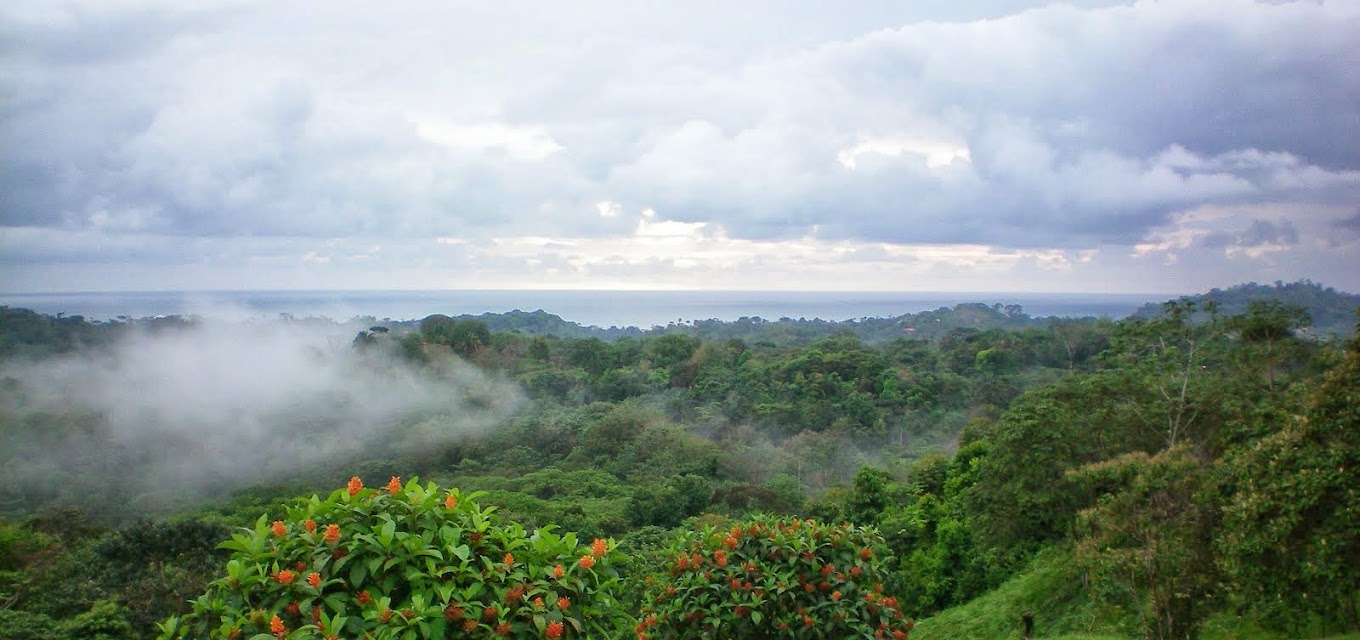If you are vacationing in Costa Rica and you are from Europe or almost any other country other than The United States you might find this article somewhat irrelevant.
However, if you are a fellow American, you know what I am talking about when I said “Kind of a Challenge”.
The U.S. is one of the very few countries in the world who has managed to cling successfully to the English System of measurements, despite the numerous efforts to change to the Metric System.
That means every time we travel out of the U.S. we are exposed to “Travelers Anxiety”, followed by frustration and lack of enjoyment of our vacation.
Do not let it happen.
You do not have to learn that “Metric System”.
You can find your way around by having a calculator with you and a cheat-sheet taped to it or in your wallet.
Listening to the terms: liter, kilometer, centigrade, meter, hectare, centimeter or gram, only adds up to the confusion level and feeds the feeling of feeling lost in a strange country.
But, it does not have to be that way.
But, it does not have to be that way.
Here are the Top 8 conversions you might want to remember:
1. - How fast is 40 KPH.
1. - How fast is 40 KPH.
40 Kilometers Per Hour = (40*0.62) = 24.8 MPH
If you look at the speedometer of your rental car, you
will notice it shows: 100 KPH as equivalent to 62 MPH
2. - How hot is 30°C?
30 Centigrade’s = (30*1.8) + (32) = 86°F (Fahrenheit)
3. - How Much Gas is 30 Liters?
30 liters of gas = (30*0.26) = 7.8 gallons
30 liters * 675 colones (price per liter)
= 20,250.00 colones
20,250.00/500.5 (exchange rate) = $40.45
$40.45/ 7.8 gallons = $5.19
You pay in Costa Rica a little more per gallon of
gas than you pay in the U.S.
200 meters = (200*3.28) = 656 ft
200 meters = (200*1.093) = 218.6 yd
6. - How do I suppose to ask for a quart of oil at the gas
station?
Ask for 1 liter of oil, it is the closest equivalent,
and it sells by the liter.
and it sells by the liter.
1 lt = 1.06 qrt
7. - How far is 30 km to get to the next town?
30 kilometers = (30*0.62) = 18.6 mi
8.- If my weight is 150 pound, what is my weight in kilograms?
130 ponds = (130*0.45) = 58.5 kg
Cheat-sheet in alphabetical order.
If you know | Symbol | Multiply by | To find | Symbol |
centigrade’s | °C | 1.8 + 32 | fahrenheit | °F |
centimeter’s | cm | 0.0328 | feet | ft |
grams | gr | 0.0352 | ounces | oz |
kilograms | kg | 2.2 | pounds | lb |
kilometers | km | 0.62 | miles | mi |
liters | l | 1.06 | quarts | qrt |
liters | l | 0.26 | gallons | gal |
meters | m | 3.28 | feet | ft |
meters | m | 1.1 | yard | Yd |
fahrenheit | °F | -32 * .56 | centigrade’s | °C |
feet | ft | 0.30 | meters | m |
feet | ft | 30 | centimeters | cm |
gallons | gal | 3.83 | liters | l |
miles | mi | 1.61 | kilometers | km |
ounces | oz | 28 | grams | gr |
pounds | lb | 0.45 | kilograms | kg |
quarts | qrt | 0.95 | liters | l |
yards | yd | 0.91 | meters | m |
The currency is not part of the metric system but you will be facing this conversion every day during your vacation in Costa Rica; so, make sure you know the exchange rate before you trade your dollars for colones.
 As a rule of thumb, you can keep in mind that each 1,000 colones bill (smallest denomination) is equivalent to 2 dollars.
As a rule of thumb, you can keep in mind that each 1,000 colones bill (smallest denomination) is equivalent to 2 dollars.A 5,000 colones bill is equivalent to $10.00
A 10,000 colones bill is equivalent to $20.00
Learning the Metric System may seem daunting, but it is worth to remember at least the basics, especially if you enjoy traveling outside the U.S.
Moreover, remember that a cheat-sheet and a little calculator can make all the difference.
My husband doesn’t like to carry a calculator so he has what he calls
“the simplified approximate method.”
One quart is 1 liter. 4 liters to a gallon.
One mile is .6 kilometers. 10 miles is six kilometers.
For approximate temperature multiply Celsius by two and add 32.
1 sq meter is 10.76 sq. ft. or what he calls eleven.
One meter is one yard plus ten percent.
100 meters is approximately 110 yards.
Using the example of how far 200 meters is to the beach the answer was 656 feet. Using his formula its 110*3 = 660 ft.
While it is not exact, it is fast, easy and it gets you close.
The most important thing is to use a system that works best for you.











